Who can give a National Energy Guarantee?
A better energy future for Australia
https://www.energy.gov.au/government-priorities/better-energy-future-australia
Something must have happened at a brown coal fired power plant in Victoria, on 2 August 2018 in the afternoon. Output dropped 1,600 MW in 2 stages over 4 hrs. It stabilized at 20:30 and took 8 hrs until power output started to recover again and another 4.5 hrs to get back to 4.7 GW, the maximum capacity (see Fig 4 )
The Open NEM website
https://opennem.org.au
showed following graph:
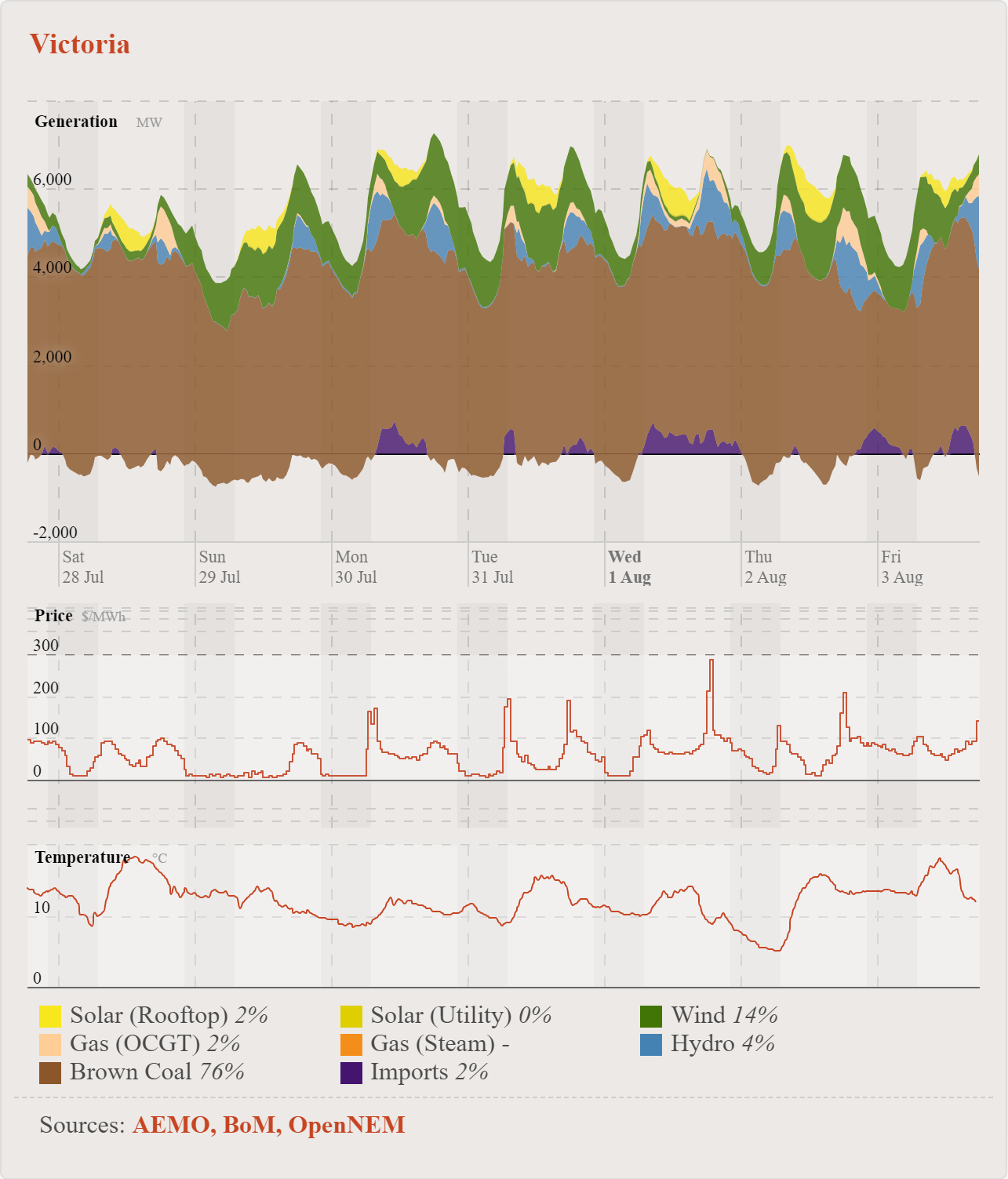 Fig 1: Victoria power generation by fuel type
Fig 1: Victoria power generation by fuel type
Unfortunately, imports and exports are stacked at the bottom so the irregularities of brown coal are not easily visible. In the next graph we use the same data provided by Open NEM in downloadable CSV files. We show exports as a separate line (red). We then stack generation in following order so that we can see what really happened:
(a) Brown coal baseload
(b) Wind as given by weather conditions
(c) Hydro and gas peaking plants
(d) Solar
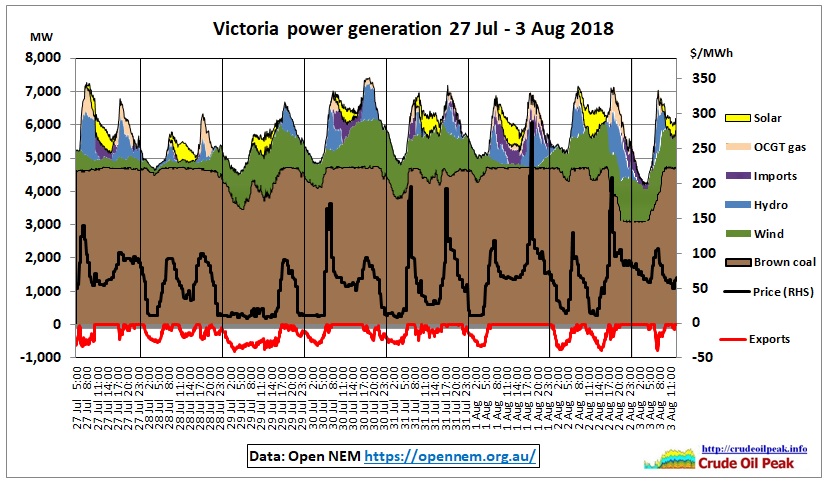 Fig 2: Victoria power generation by fuel type 27 Jul – 3 Aug 2018
Fig 2: Victoria power generation by fuel type 27 Jul – 3 Aug 2018
Brown coal is baseload at around 4.7 GW, but not entirely stable. In winter there are 2 demand peaks per day which are usually covered by hydro power and gas power plants with solar power in between. There are many price peaks some of which (but not all) seem to be related to irregular brown coal output.
Let’s zoom into the current case:
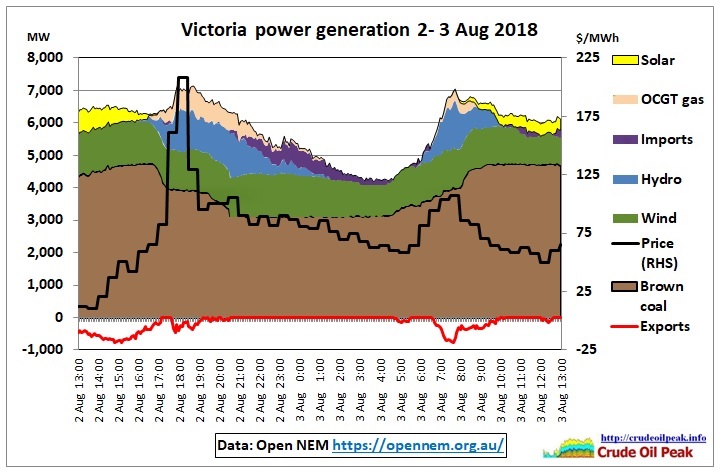 Fig 3: Victoria power generation by fuel type 2 – 3 Aug 2018
Fig 3: Victoria power generation by fuel type 2 – 3 Aug 2018
This was a windy day with wind farms generating between 1,200 and 1,300 MW only going down to 850 MW in the last hrs of the period under consideration. When brown coal dropped, hydro power and gas power plants replaced the shortfall and also provided for the evening demand peak. Exports ended. Prices went up to $200 per MWh, more than 3 times the average of $60. At night, imports were necessary. Next day, more hydropower was used to offset lower brown coal output as demand increased again, before brown coal reached its maximum capacity again. AEMO did not issue any market notices in relation to the above.
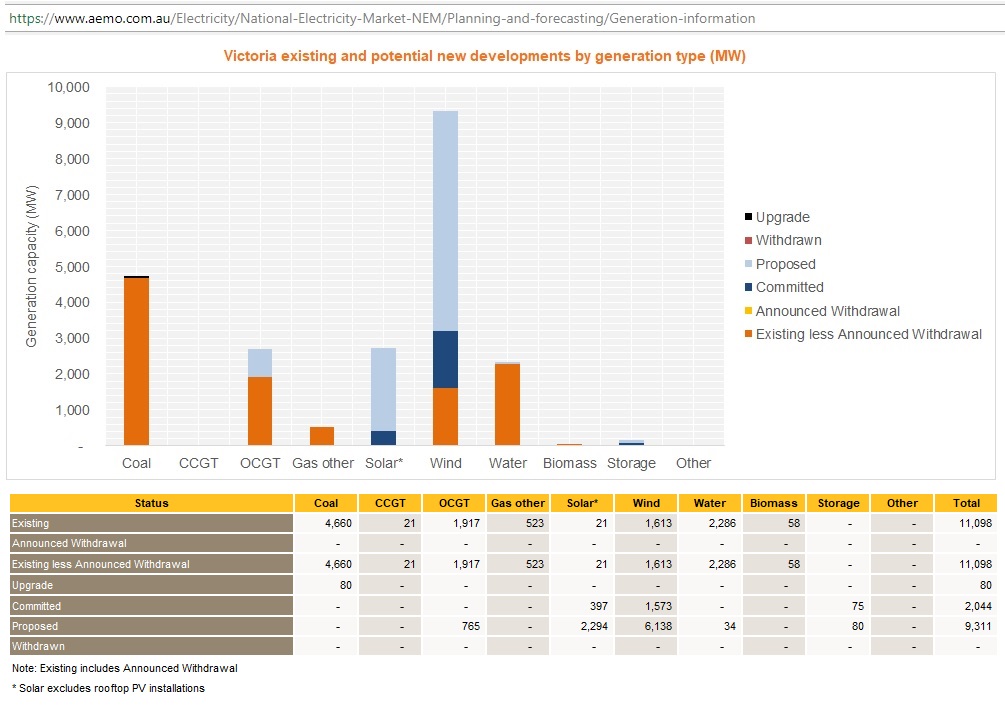 Fig 4: Victoria’s generation capacities as of July 2018
Fig 4: Victoria’s generation capacities as of July 2018
https://www.aemo.com.au/Electricity/National-Electricity-Market-NEM/Planning-and-forecasting/Generation-information
Problems with Victoria’s brown coal plants are nothing new:
Victorian coal power station failures put NEM reliability at risk
9/4/2018
https://www.smh.com.au/business/the-economy/victorian-coal-power-station-failures-put-nem-reliability-at-risk-20180409-p4z8l9.html
In June 2018, the Australia Institute reported on its coal watch website:
 Fig 5: Loy Yang A trip 22 June 2018
Fig 5: Loy Yang A trip 22 June 2018
http://www.tai.org.au/content/unit-trip-loy-yang-victoria-2018-06-22
This event lasted until midnight, with power coming back slowly until the afternoon on the next day.
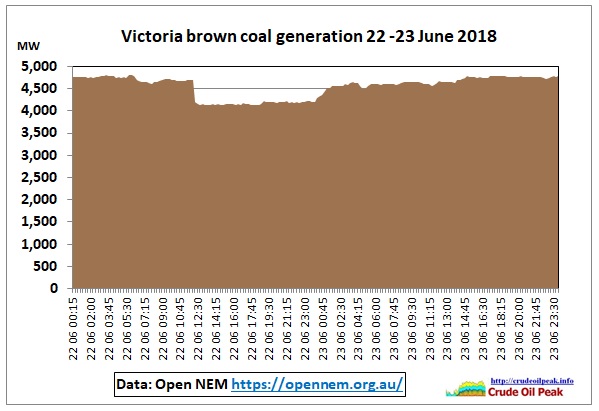 Fig 6: Unit trip Loy Yang 22-23 June 2018
Fig 6: Unit trip Loy Yang 22-23 June 2018
The AEMO website
https://www.aemo.com.au/Electricity/National-Electricity-Market-NEM/Data-dashboard#price-demand
showed the demand peaks and a price spike (although very modest compared to summers):
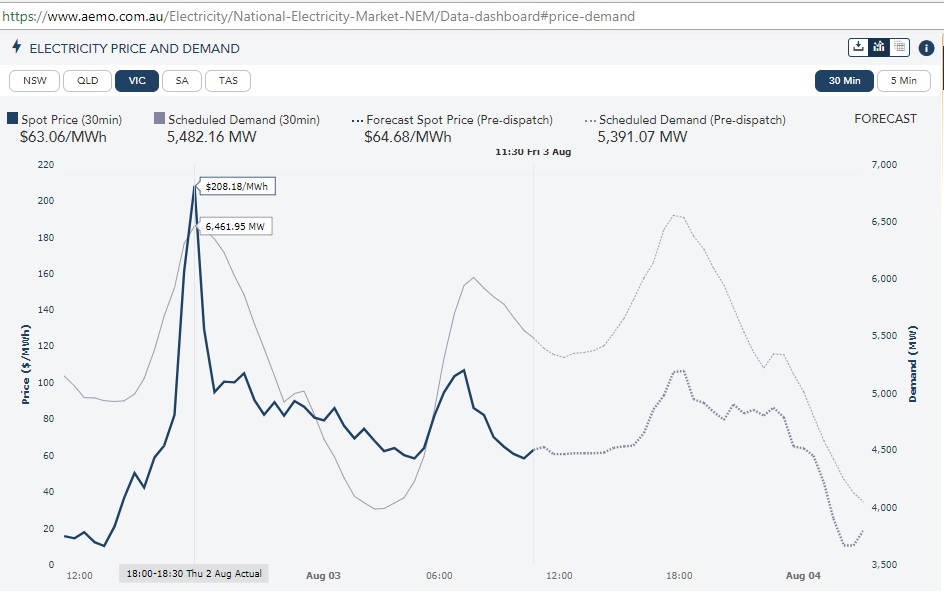
Fig 7: Victoria spot prices and scheduled demand 2-3 Aug 2018
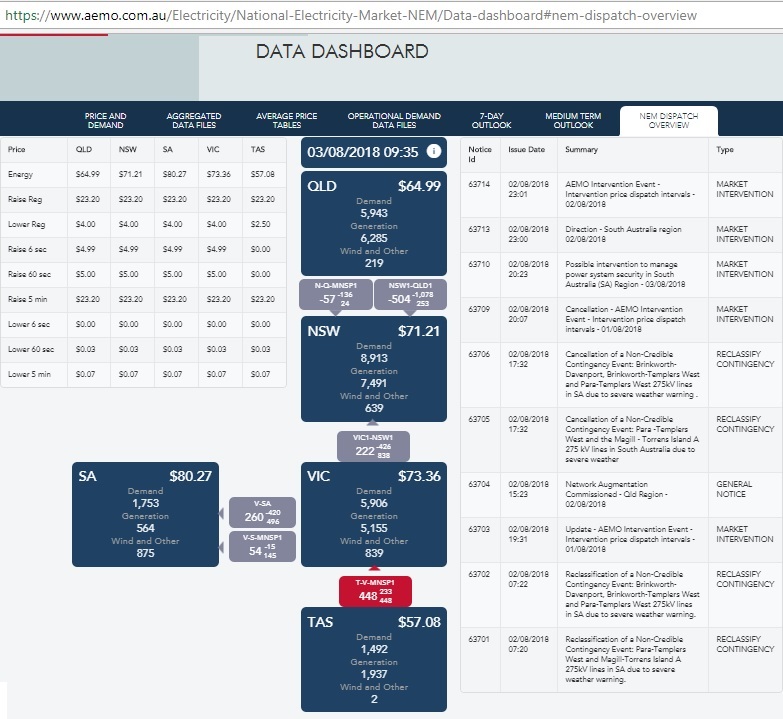 Fig 8: AEMO’s dashboard 3/8/2018 at 9:35 am
Fig 8: AEMO’s dashboard 3/8/2018 at 9:35 am
Nation’s ‘dirtiest’ power stations to burn brown coal for decades
1/6/2018
Victoria could be still burning brown coal to produce electricity in 30 years, after the state government extended the licences of two key power stations in the Latrobe Valley.
https://www.theage.com.au/national/victoria/nation-s-dirtiest-power-stations-to-burn-brown-coal-for-decades-20180601-p4zix2.html
That of course is an untested assumption. The power plants are aging and there are many other limitations coming along with global warming: coal seam fires, cooling water shortages, equipment failures in heatwaves etc. Ever since the IPCC published its 4th report in 2007 a politically toxic debate on the causes of climate change and the need for renewable energy is raging in Australia.
Several Prime Ministers have already stumbled – and fallen – over this issue. In the current Parliaments it is unlikely to be concluded any time soon so investment decisions to get away from coal will be delayed year after year. While the world is hurtling towards dangerous tipping points. The jet stream on the northern hemisphere is meandering and unprecedented wild fires are burning.
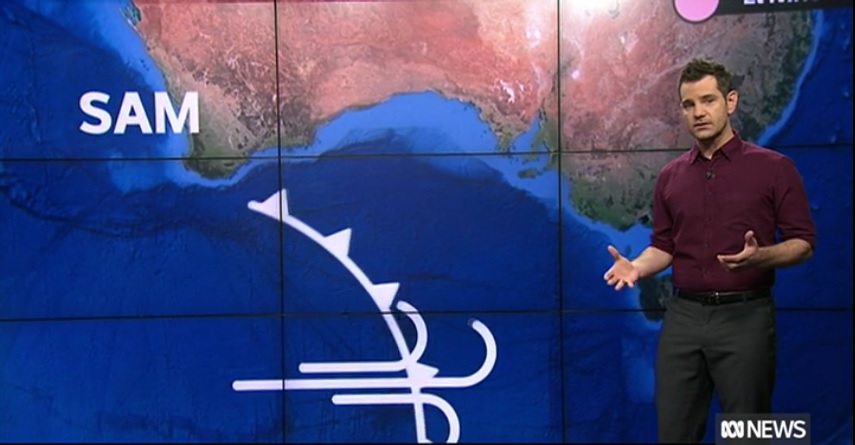
Fig 9: The westerly wind belt has moved towards Antarctica
On the southern hemisphere, the Southern Annular Mode (SAM) is positive which has pushed rain bringing westerly winds to the south away from mainland Australia.
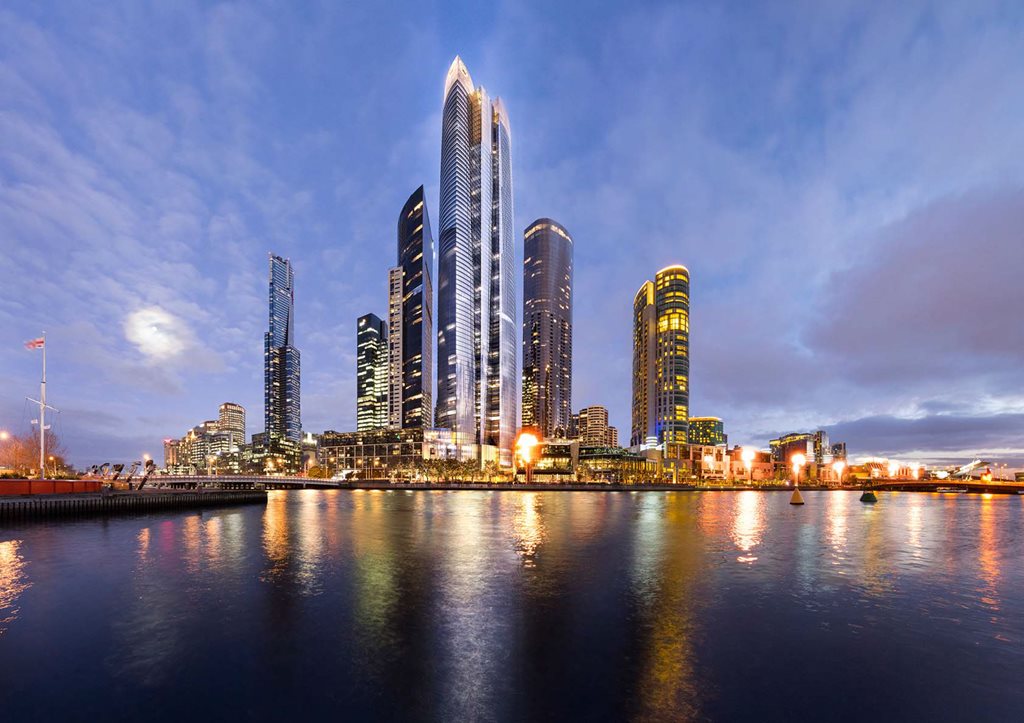 Fig 10: Tower of Light in Melbourne. Planners and architects are not enlightened
Fig 10: Tower of Light in Melbourne. Planners and architects are not enlightened
Conclusion:
Expect more power supply surprises in Victoria in the coming summer. This will also impact on NSW which depends on power imports from Victoria (and Tasmania via Victoria). State and Federal Governments seem to be blind to these facts. They approve one electricity hungry skyscraper after the other. The more cranes on the skylines the higher the vulnerability to load shedding.
Addendum
Periods of lower brown coal output continue
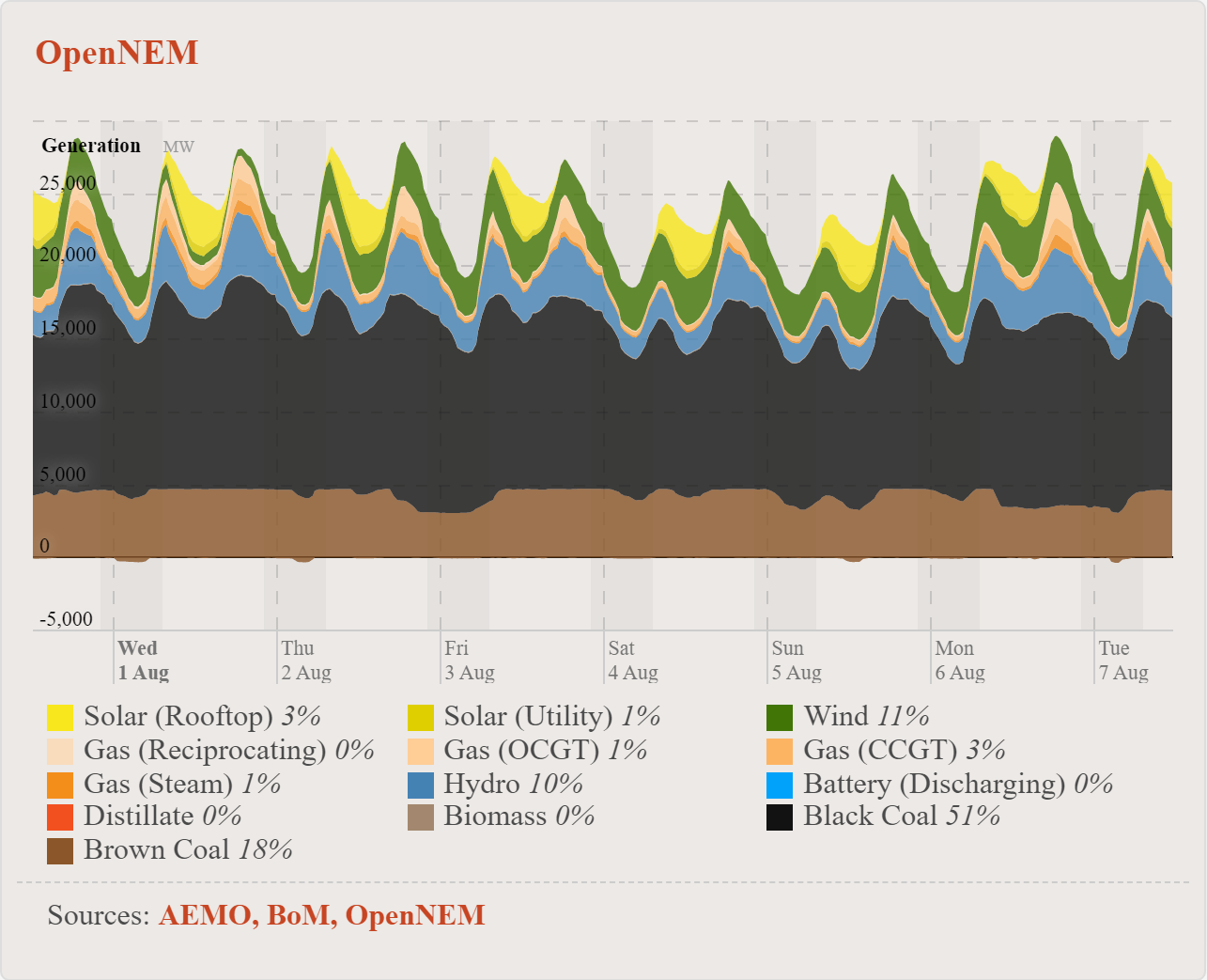 Fig 11: Victoria’s brown coal is at the bottom
Fig 11: Victoria’s brown coal is at the bottom
https://opennem.org.au/#/all-regions